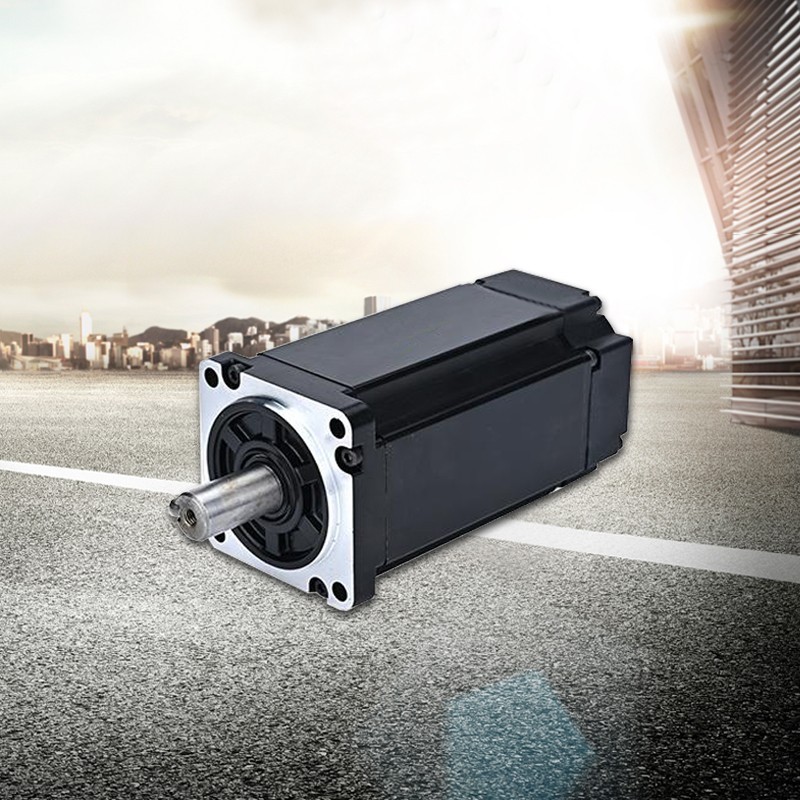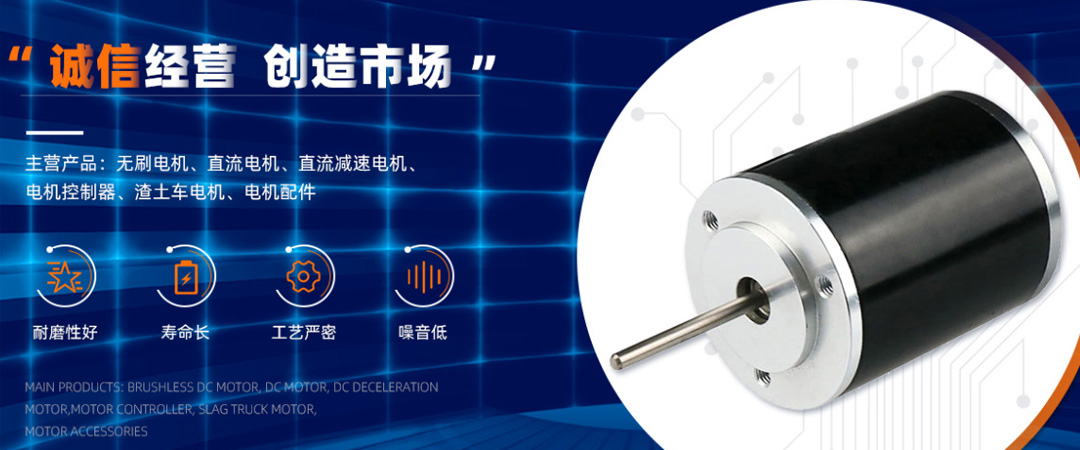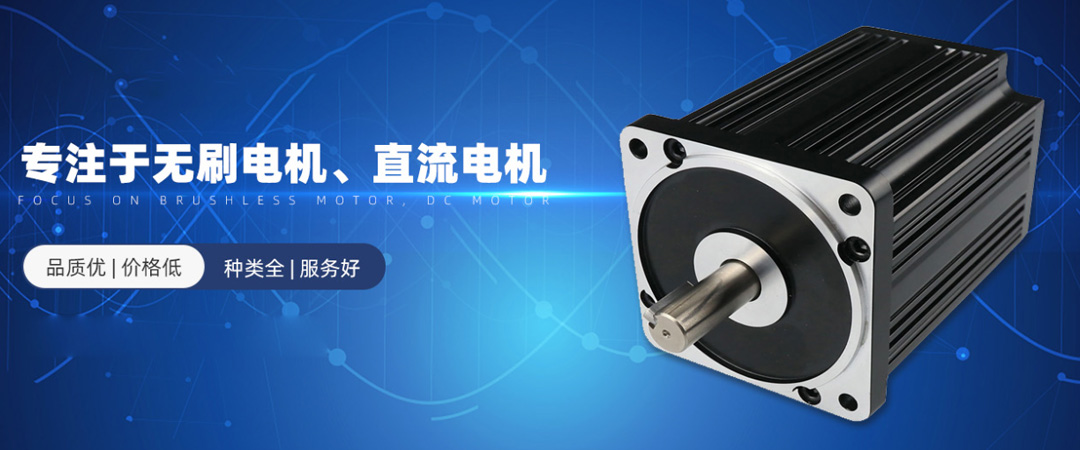The difference between permanent magnet motor and brushless motor
Without a mechanical contact mechanism composed of a commutator and an electric brush group, brushless motors have no commutation sparks, higher safety, relatively longer lifespan, and effective operation guarantee. The speed is not limited by mechanical commutation and can achieve high-speed operation of tens of thousands to hundreds of thousands of revolutions per minute. They have a wider application space in the electronic power industry market.
Permanent magnet motors use permanent magnets to provide excitation, making the motor structure simpler, reducing processing and assembly costs, and eliminating the need for problematic collector rings and brushes, improving the reliability of motor operation; Due to the absence of excitation current and excitation losses, the efficiency and power density of the motor have been improved. A permanent magnet synchronous motor is composed of components such as stator, rotor, and end cover. The stator is basically the same as a regular induction motor, using a laminated structure to reduce iron loss during motor operation. The rotor can be made solid or laminated. The armature winding can be either a centralized full distance winding, a distributed short distance winding, or an unconventional winding.
Due to the elimination of excitation windings, commutators, and brushes, the speed range of brushless motors is not limited by commutation, and the speed can be made very high. In addition, brushless motors also have the three high characteristics of high torque and high precision, as well as significant advantages such as no commutation spark, high reliability, low noise, long service life, small size, light weight, and simple control.
Editor: ZiYu
Permanent magnet motors use permanent magnets to provide excitation, making the motor structure simpler, reducing processing and assembly costs, and eliminating the need for problematic collector rings and brushes, improving the reliability of motor operation; Due to the absence of excitation current and excitation losses, the efficiency and power density of the motor have been improved. A permanent magnet synchronous motor is composed of components such as stator, rotor, and end cover. The stator is basically the same as a regular induction motor, using a laminated structure to reduce iron loss during motor operation. The rotor can be made solid or laminated. The armature winding can be either a centralized full distance winding, a distributed short distance winding, or an unconventional winding.

Due to the elimination of excitation windings, commutators, and brushes, the speed range of brushless motors is not limited by commutation, and the speed can be made very high. In addition, brushless motors also have the three high characteristics of high torque and high precision, as well as significant advantages such as no commutation spark, high reliability, low noise, long service life, small size, light weight, and simple control.
Editor: ZiYu



